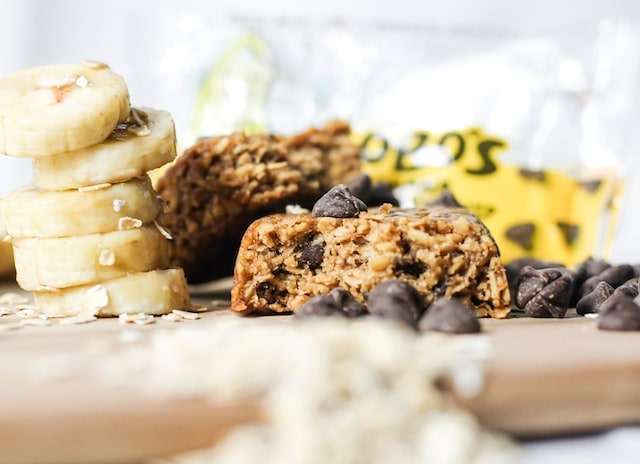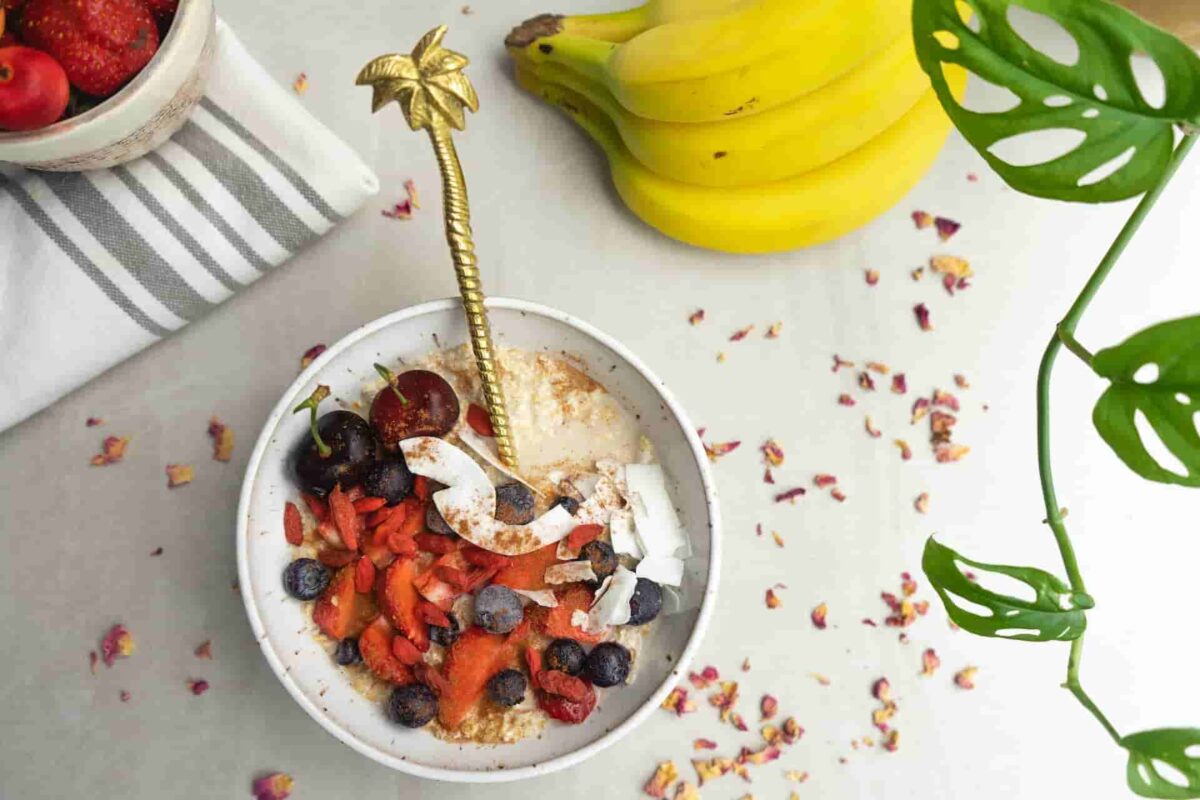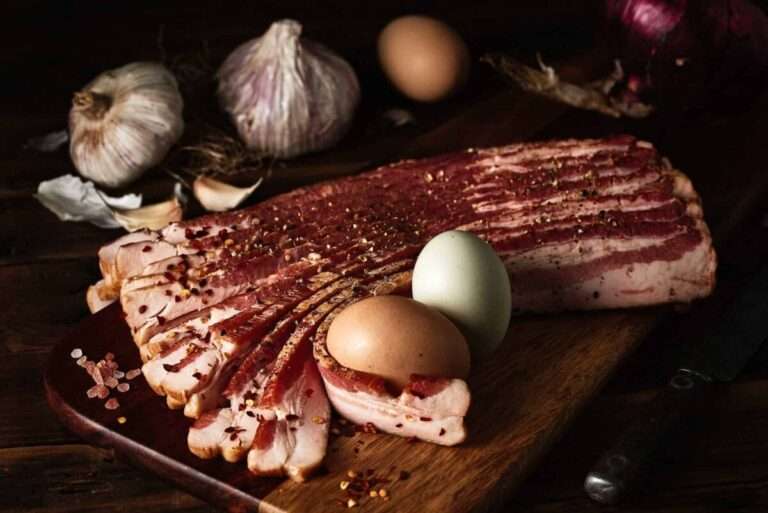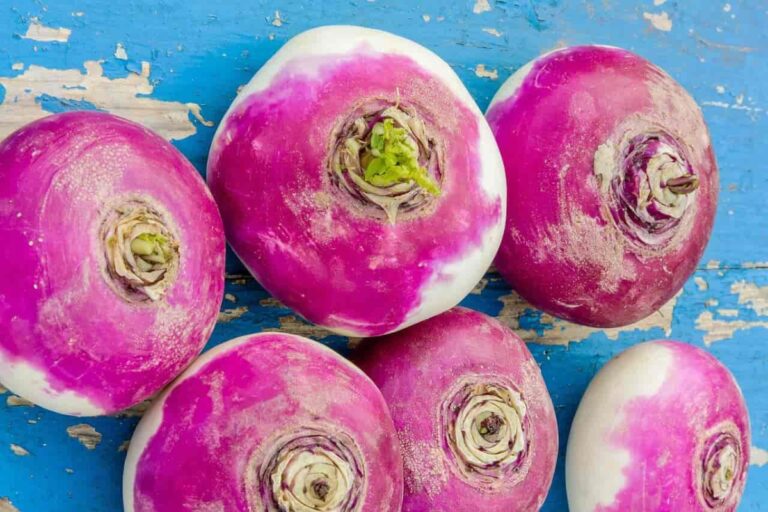35 free oats kitchen insights and benefits
Did you know that oats are the most well-known and often consumed food in the world for breakfast?
- The meal known as porridge is often consumed in the morning as a kind of breakfast cereal. It is prepared by bringing ground, crushed, or chopped starchy plants, typically grain, to a boil with milk. In order to form a sweet cereal, it is often cooked or served with additional flavourings such as sugar, honey, (dried) fruit, or syrup. Alternatively, it may be blended with spices, meat, or vegetables in order to produce a savoury meal. Depending on the texture of the dish, it is traditionally served steaming hot in a bowl.
- In Scotland, a dish was traditionally prepared by first soaking the husks from oats for a week, after which the fine, floury component of the meal would remain as sediment, which would then be filtered out, cooked, and consumed. In place of other grains like barley or rice, oats are often used as a thickening agent in a variety of soups around the region.
- Since oats are the grain that is grown in Finland in the highest volume, it stands to reason that oat-based bread will be rather popular, but not quite on par with rye breads in terms of consumption.
- Northern England is the birthplace of the gingerbread dessert known as “parkin,” which is generally prepared with oats and dark treacle. Frequently connected with the county of Yorkshire. It is fairly common and well-liked in other places, particularly in the county of Lancashire. After being cooked into a firm cake, parkin, after being allowed to rest, transforms into a moist and even occasionally sticky substance.
- In comparison to other regions, the consistency in Hull and East Yorkshire is drier and more like that of a biscuit. The fifth of November, which is known as Guy Fawkes Night, is when parkin is typically consumed, although it is also relished throughout the rest of the winter.
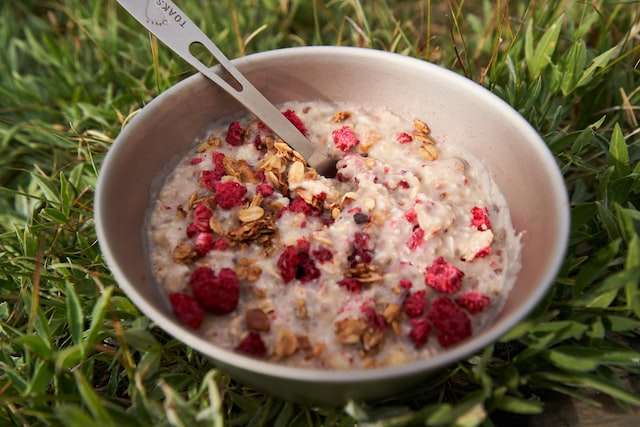
Oats nutrition values and health benefits
- Oats contain carbohydrates at a rate of 66% by dry weight. Starch and fibre make up the bulk of carbohydrates, with fibre accounting for just 11%. Oats have a negligible amount of sugar (just 1% of their total sugar content is sucrose). The starch in oats is the most abundant macronutrient; it is mostly made up of long chains of glucose molecules. Oats have a unique kind of starch that is not seen in other grains.
- Oats are a great source of soluble fibre, with beta glucan making up the vast majority of the total. Insoluble fibres like lignin, cellulose, and hemicellulose are also present in oats, in addition to the soluble fibres.
- Since oats have more soluble fibre than other grains, they digest more slowly, make you feel fuller for longer, and help you control your hunger better. In contrast to most other fibres, soluble oat beta glucans have the potential to produce a gel-like solution at low concentrations, making them useful in applications requiring the formation of gels. The beta glucan content in raw, whole oats ranges from 2.3% to 8.5%, with the highest concentrations found in the oat bran and germ.
- The protein level of oats, at 11-17% of dry weight, is higher than that of most other cereal grains and makes them an excellent source of protein. There are several different proteins in oats, but the one found in the highest concentration is avenalin. It is structurally similar to proteins in legumes but absent from all other grains. Avenin, a tiny protein, has been shown to interact with wheat’s gluten protein. However, most people with gluten sensitivity may eat pure oats without any adverse effects.
- The high levels of vitamins, minerals, and antioxidants in oats suggest they may have beneficial effects on health. Oats have been linked to several health benefits, including reduced risks of hypertension, obesity, and diabetes type 2, according to specialists.
- Oats have been shown to reduce cholesterol levels, which may reduce the risk of developing heart disease, in a number of studies. The beta glucan in oats is mostly responsible for their cholesterol-lowering effects.
- To some extent, beta glucan’s ability to raise the viscosity of the food you have eaten may allow it to inhibit the absorption of fats and cholesterol. In order to aid digestion in the stomach, it binds to cholesterol in the bile acids generated by the liver. These fatty acids are subsequently carried by the beta glucan through the digestive tract and out of the body. Lower cholesterol levels are the consequence of beta glucan’s ability to block the absorption of bile acids in the digestive system.
- Being full is important for energy balance since it makes you stop eating until you are hungry again. Changes in satiety cues have been linked to obesity and type 2 diabetes. Beta glucans, a kind of water-soluble fibre, has been demonstrated to increase satiety by slowing gastric emptying and increasing the production of hormones that signal fullness. Oatmeal may be more effective than ready-to-eat breakfast cereals and other types of dietary fibre for reducing hunger and making people feel full for longer periods of time, according to human research. Oats are great for a healthy weight loss diet since they are low in calories and rich in fibre and other important elements.
- For those with celiac disease and those who are sensitive to gluten, avoiding gluten altogether is the only viable alternative. Although oats do not have gluten, they do have a protein called avenin that is quite similar to gluten. Those with celiac disease may be able to tolerate moderate to large amounts of pure oats, as indicated in clinical studies. Evidence suggests that using oats in a gluten-free diet may increase mineral and fibre consumption while lowering calorie intake.
- Because oats are often processed in the same facilities as wheat, they may be contaminated with wheat. Patients with celiac disease must strictly adhere to the consumption of gluten-free oats to prevent any possible contamination.
100 g of oats raw has 389 calories (1627kj), 16.9 g protein, 6.9 g fat, and 66 g carbs, including 10.6 g fibre.
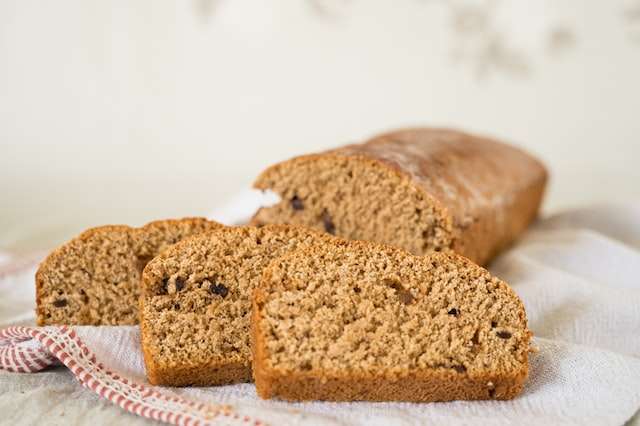
How to store oats and how to buy them
- The container for storing oats is best kept in a pantry, but you may also put it in a refrigerator or freezer; nevertheless, keeping food in these places is not necessarily the most cost-effective or space-efficient option. If, on the other hand, you have a separate cabinet in your kitchen or a basement area below, it is advised that you store your bulk oats in these locations so that they may keep their quality and freshness for a longer period of time.
- In order to prevent the oats from being contaminated by air and moisture after being brought home in bulk packing, immediately place the oats into containers that may be tightly sealed and airtight. As you can see, oatmeal may go bad, but if you store it correctly, you can prolong its shelf life and keep its quality and freshness intact for a longer period of time.
- Because they undergo the least amount of processing and are allowed to preserve their complete form, whole grain oats, also known as oat groats, have the longest shelf life. However, the three types of oatmeal that are most often consumed—rolled oats, steel-cut oats, and quick oats—each have a unique shelf life. It is common for steel-cut oats to have a shelf life of three to five years, rolled oats to have a shelf life of between one and two years, and quick oats have a shorter shelf life that spans from six to nine months.
- The container used to store the oats has to be able to prevent air and moisture from getting in while still being airtight. The oats may become rancid as a result of oxidation, while mould may develop as a consequence of dampness. Both of these things will have an impact on the quality and freshness of the oats, even though the date on the package indicates that they are still OK. This ceramic container seals out air well, making it ideal for storing oats for an extended period of time. If that is something you are interested in, keep reading.
- A good storage space need to be spotless, ventilated, chilly, and dark, and it should also be dry. Although storing oats in the refrigerator or freezer is an option, doing so is often not the most effective use of either space or energy. Oats should be kept in a cool, dry place like a pantry or storage that is specifically designed for that purpose.
- When attempting to identify the freshness and quality of oats, it is advised that you depend on your senses.
- Oats that have just been harvested will have a hue that is between between brown and cream. It is possible that mould or insects have made their way into the storage container, which would explain any bright or dark colours that have appeared.
- Mould may develop if the package is not properly sealed, since this allows moisture to seep inside. Since whole grain oats are a dry food, any moisture that comes into contact with them can result in the growth of germs and mould in the surrounding region. Mould will soon spread and infect the whole bag of dried oats if it is allowed to grow.
- The fats may become rancid if they are kept for a lengthy period of time in storage, which results in an unpleasant stench. This will result in an offensive odour that is no longer reminiscent of a sweet and nutty fragrance, but rather one that smells either bitter or sour.
- If rodents or other pests discover the items you have stored in dry areas, the results might be terrible. When they are not disturbed, the creatures will swiftly construct a home for themselves, nest, and proliferate.
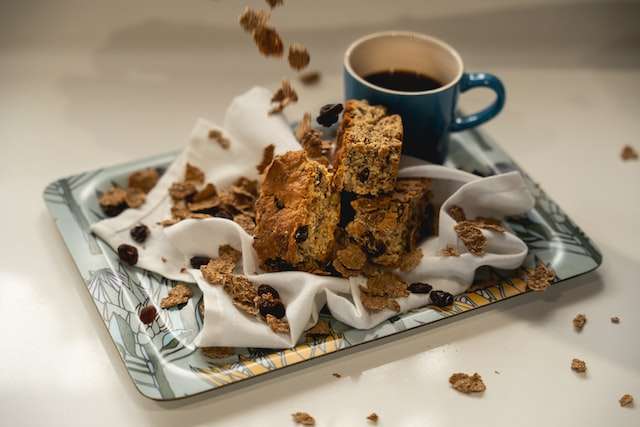
Cooking techniques, secrets, and tips from the kitchen
- The most common and straightforward use of oats in culinary contexts is in the form of granola mixtures. Whether the granola is baked into bars or served as a topping, it is a perennial favourite among consumers throughout the year. Granola mixes do not need to be over the top and stuffed with a variety of ingredients and flavours to be delicious. Mix your rolled oats with puffed whole-grain rice, dried fruits, and peanut butter for the greatest and most up-to-date granola recipe. You might also try substituting honey for the peanut butter if you are want a more sugary flavour.
- To maintain the theme of healthy eating, smoothies have been, and are continuing to become, a massive craze among customers all over the world. One other suggestion for making use of your oats in the kitchen is to include them to the ingredients list for your various smoothies. There is no need to develop a whole new menu or dish; all that is required of you is to just add one additional item, which you almost certainly already have in your cupboard. Oats are gaining popularity as an ingredient in smoothies due to the many nutritional advantages they provide to consumers as a whole.
- In addition, oats are an excellent choice for thickening liquids like soups or stews. It is possible to make blunders whenever you are cooking, regardless of whether you are preparing a hearty stew for the dinner round or a smooth soup for the winter menu. If the final result of your meal has a runnier consistency than you had anticipated, you may save it all by stirring in a teaspoon of oats. Simply adding the oats to your stew or soup, giving it a stir, and then allowing it to boil for five minutes will save you time, but more significantly, it will save waste.
- Using oats as a meat binder while preparing burger patties, meatballs, or meatloaves is one of the most novel and out-of-the-ordinary use of oats that can be found in the kitchen. After being exposed to moisture, the oats generate a binding strength that is then transferred to the meat, veggies, and spices. In addition, the oats assist the patties to solidify while they bake, which results in a patty that is more soft and less prone to crumbling. Because they include oats, your patties may be made without the use of eggs while still providing an additional layer of texture to every mouthful.
- A cream pie or a no-bake pie may be complemented well by the addition of an oat-base crush. The flavour of an oatmeal cookie is virtually overpowered by the flavour of the typical breakfast component, which also contributes a wonderful texture to your conventional crust. Making the oat crust is a simple process. For instance, you may mix your oats with melted butter or coconut oil, press the mixture into your pie plate, and then bake it.
- The use of oats as a covering for chicken is one way that chefs all around the world are beginning to make better use of their pantries and expanding the role that oats play on their dinner menus. If you coat your chicken fillets with oats and sesame seeds, not only are you providing a healthier alternative for your clients, but you are also providing a more delightful crunch with every mouthful. Mixing the oats with parmesan cheese and a variety of herbs will give them an additional layer of flavour. The flavour combinations that may be achieved are only limited only by one’s imagination, as are the dipping sauces that can be offered as an accompaniment.
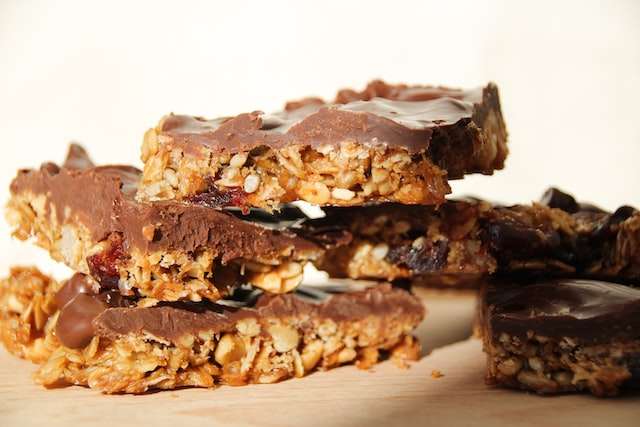
History of oats from the beginning until today
- While oats are currently widely grown and consumed, this was not the case before the domestication of wheat, barley, and other cereal grains approximately 12,000 BC. Oats were considered a pesky pest that always competed with their more desirable wheat and barley harvests.
- Oats were considered nothing more than a sick kind of wheat by ancient Greeks and Romans. The Romans looked down on oats since they were not good for horses, and they had a special insult for the Germanic tribes who eventually toppled the Western Roman Empire: they called them “oat-eating barbarians.”
- By the Middle Ages, oats had joined rye and barley in the diets of people throughout Britain, especially in Scotland and Ireland. Meanwhile, the Vikings continued to use oats in their daily fare.
- Since the climate in northern North America was cold and wet, like that in Scandinavia, Scottish immigrants brought oats to the continent around the year 1602.
- Oats were the primary crop grown in the United States for equine use; hence, as the popularity of vehicles and trucks increased in the 1920s, fewer horses were kept.
- Scots traditionally prepared a food by soaking oat husks for a week, after which the fine, floury component of the meal would settle to the bottom as sediment and be filtered out, cooked, and eaten. Oats, like barley or rice, are used as a thickener in soups often there.
- It is not uncommon to see oats in drinks like coffee and tea. The United Kingdom sometimes uses them in the beer making process. Brewers use a lot of oats in the wort while making oatmeal stout, a special kind of stout.
- A traditional Scottish drink, Atholl Brose is made by steeping oats in whisky and then blending the resulting “brose” with additional ingredients like honey and cream. Avena, a cold and sugary drink made from ground oats and milk, is a regional favourite in Latin America. Oats caudle, a traditional British drink made from ale and oatmeal with spices, was a personal favourite of Oliver Cromwell’s.
